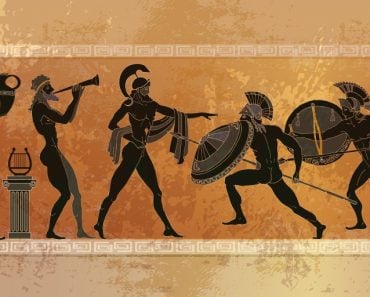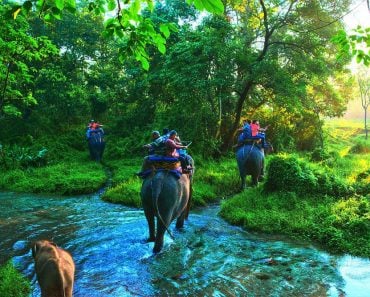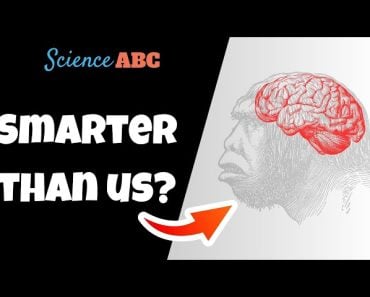Table of Contents (click to expand)
Equestrianism is the skill of horse riding, horse driving, or steeplechasing. It is derived from the Latin word ‘equester’, meaning horse. The broad description of equestrianism includes the use of horses for practical working purposes—transportation, cultural events, recreational activities and competitive sport.
Equestrianism refers to the skill of horse riding, horse driving or steeplechasing. It is derived from the Latin word ‘equester’, meaning horse. The broad description of equestrianism includes the use of horses for practical working purposes—transportation, cultural events, recreational activities and competitive sport.
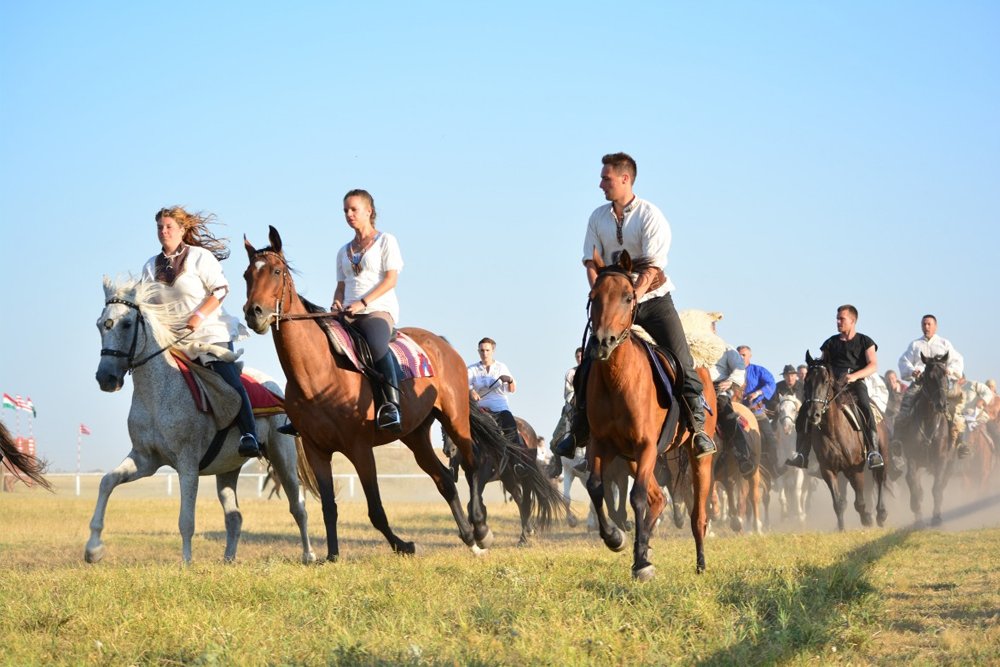
Horses and humans have a rather long history of camaraderie. From prehistoric cave paintings to ancient battle grounds, right up to our present-day equestrian sport—the human-horse relationship goes back a very long way. Horses served as our preferred mode of transport for ages. They helped us grow food in various ways and even carried us into battle. In return, we gave them food, shelter and security.
In our present technological era, where scientists are working hard to design aircraft that can exceed 10,000 Km/hour, we may no longer depend on horses—at least the way our ancestors used to—but for cultural and recreational activities, we are often still incomplete without horses.
Recommended Video for you:
History Of Equestrianism
Although the exact date/period when horses were domesticated is highly debatable, the best estimate is that mankind first took horses for a ride in approximately 3500 BC. Many ancient records suggest that horses were ridden long before they were used to pull humans in various forms. Recently, archaeologist have discovered evidence near the Dnieper and Don rivers that suggests our ancestors in approximately 3000 BC were using bits on horses. A “bit” in equestrianism refers to a horse tack placed in the mouth of horse that helps riders communicate with horses.
The riding and training of horses, as we know it today, have their roots in the ancient military. It’s obvious that to have a successful cavalry, you need to have complete control of your horse. Based on the discovery of chariot burials, scientists opine that we started using horse chariots around 2500 BC. This is arguably the most direct tangible evidence of horses being used as working animals. The horse chariots of the ancient age were followed by the deployment of horses for war as both light and heavy cavalry.
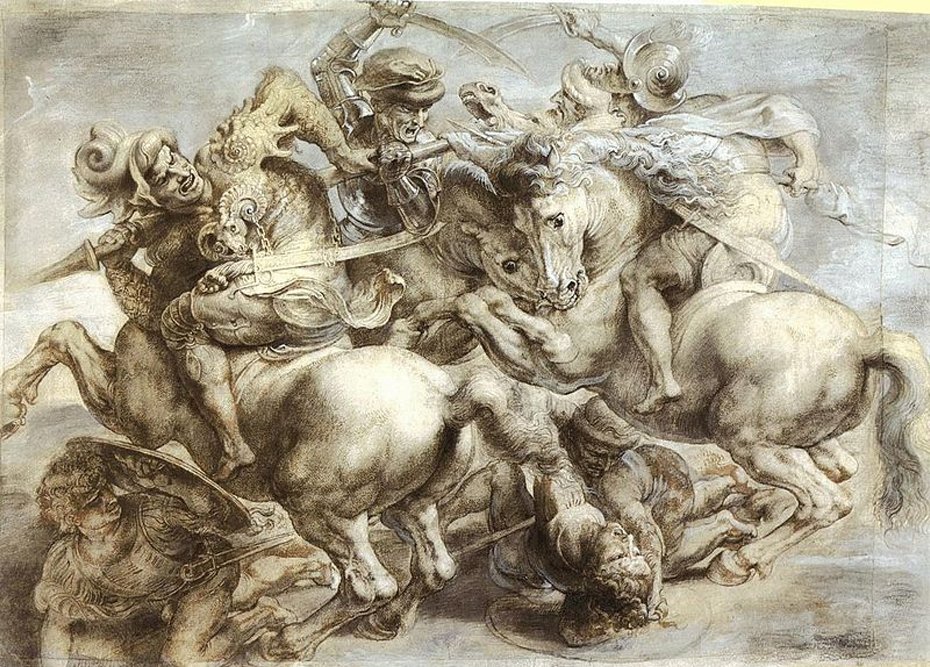
Horses played a pivotal role in human history across different tribes and communities in both the battlefield and in peaceful pursuits of transportation and trade. The Ice Age wiped out the ancient horse tribes native to North America. Most of the horses we see in the US were actually brought back by European explorers in the past few centuries following the second voyage of Columbus in 1493.
Overview Of Equestrianism
Equestrianism involves the training and riding of horses for practical working purposes. Equestrianism also involves using horses in in competitive sports like dressage, polo, endurance riding, vaulting, horse racing, rodeo etc.
Popular forms of competition are often grouped together at horse shows. In most parts of the world, there is public access to horse trails. Many parks and public stables offer both guided and unguided (independent) riding. Horses continue to be used in public service, often in traditional ceremonies, such as parades or funerals.

Horses are not only used for transportation and recreation, but also for therapeutic purposes. Many studies suggest that horse riding can improve human health and emotional development.
Science Of Equestrianism
Equitation science involves the use of modern scientific methods to objectively assess the welfare of horses undergoing training. These scientific methods promote an evidence-based understanding of horse-rider interactions.
Qualitative scientific methods are identified and applied when evaluating horse training techniques for their effectiveness. These methods also have the goal of improving horse-rider rapport by scientifically explaining horse training from a learning theory perspective and removing emotions from horse training and riding purposes.
Equitation science also uses an eclectic mix of principles from psychology, equine ethology and biomechanics. It uses objective measures to evaluate performance during the training period and eliminates techniques that may result in equine (horse) affliction/injury.
Equitation Technology
Just as players from popular sports like golf, football, cricket etc. are heavily using technology like video analysis to help improve their technique, why should practitioners of equitation lag behind? Recent technological advances allow equitation sportsmen to measure the strength of the signals they use to communicate with their horses. Traditional horse-riding concepts of ‘contact’, ‘lightness’ etc. can now be tested with calibrated rein tension gauges, or via spurs.
Advances in radiography have allowed horse riders to gain insight into horses’ mouths. They have also helped in determining optimal bit position and understanding how positional changes can affect riding abilities.
Modern riding boots are made from pressure-sensitive material. Now, measuring pressure is valuable for assessing saddle fit and avoiding back problems—something that horse riders frequently face that are usually caused by improper saddle fitting.
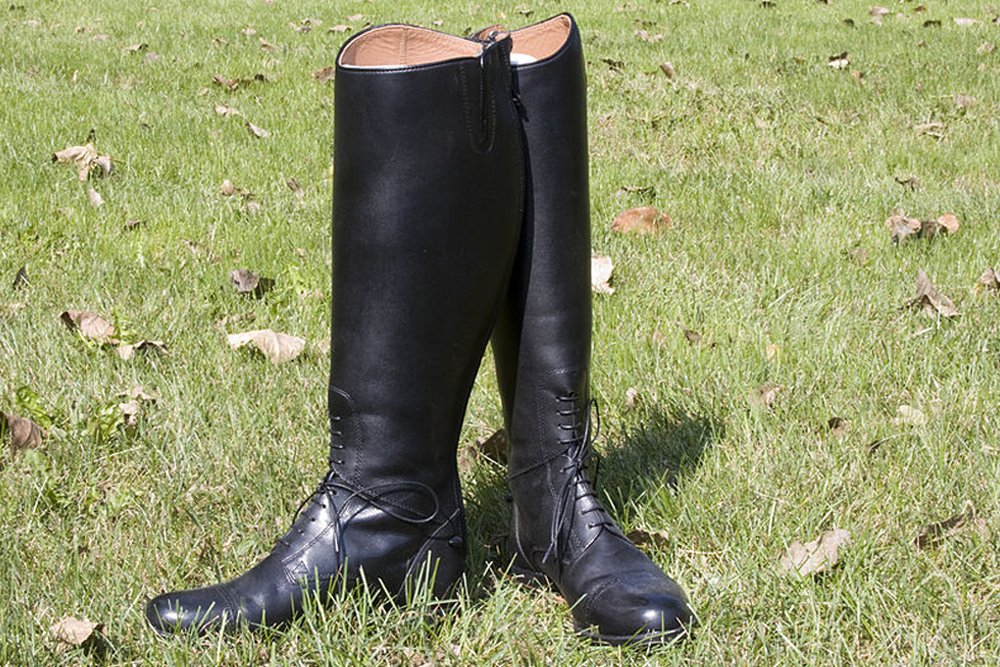
Advances in the medical and technological fields have also facilitated physiological measurements, such as blood pressure, heart rate, urine and saliva analyses, to quantitatively determine the comfort and stress level of the horse. They also provide behavioral indicators of ineffective horse-rider communication or conflict by taking cues from horse movements, such as tail wagging, tooth grinding etc.
Although equestrianism is an art, advances in science and technology are helping us reach a true pinnacle of this artistry.




